Netflix has officially added the DJI Inspire 3 equipped with the Zenmuse X9-8K Air camera to its approved 4K Originals production list, marking a significant milestone for aerial cinematography. This reportedly represents the first time a drone platform has received this prestigious approval and DJI’s debut appearance on Netflix’s coveted list of sanctioned camera systems.
A Paradigm Shift for Aerial Cinematography
The inclusion of the DJI Inspire 3 in the Netflix Production Technology Alliance signals a fundamental transformation in how drones are perceived in high-end productions. While aerial platforms have traditionally been relegated to establishing shots and supplementary footage due to limitations in image quality, codec compatibility, and color science, the DJI Inspire 3 shatters these constraints.
At the core of this advancement is the Zenmuse X9-8K Air, a full-frame camera module that delivers exceptional imaging capabilities. The system supports internal recording of up to 8K/25fps in CinemaDNG and 8K/75fps in Apple ProRes RAW, all built around DJI’s latest image processing system, CineCore 3.0. In lab testing, the camera demonstrated dynamic range performance on par with or better than consumer-grade full-frame cameras, with measurements showing more than 14 stops of dynamic range.

Technical Specifications That Redefine Aerial Filmmaking
The Inspire 3’s imaging capabilities represent a quantum leap forward for aerial cinematography. The Zenmuse X9-8K Air features a 35.4 Megapixel full-frame sensor with a dual native ISO of 800/4000 when recording up to 29.97fps, shifting to 320/1600 when shooting at higher frame rates. This sensitivity range enables unprecedented low-light performance for aerial platforms, allowing filmmakers to capture pristine footage during challenging lighting conditions such as golden hour or night scenes.
The system works with DJI’s proprietary DL mount, allowing cinematographers to utilize multiple lens options, including 24mm, 35mm, and 50mm prime lenses. DJI has also introduced an 18mm f/2.8 ultra-wide lens specifically designed for aerial cinematography, with plans to release additional telephoto options in the future. According to industry sources, the company is developing longer focal length options, potentially including an 85mm prime lens.
Color science plays a crucial role in professional filmmaking, and DJI addresses this with its proprietary DJI Cinema Color System (DCCS). The system ensures “effortless color matching between X9-8K Air and ground-based cinema cameras such as DJI Ronin 4D, delivering consistent color style from air to ground to meet the needs of film-production post-editing workflows.” This integration allows productions to seamlessly blend aerial footage with ground-based sequences without extensive color correction.
Advanced Flight Systems for Creative Freedom
Beyond pure imaging capabilities, the Inspire 3 introduces several significant advancements in flight performance and operational control. A new 1/1.8-inch FPV camera with a 161-degree diagonal field of view provides significantly improved pilot visibility, doubling the field of view compared to its predecessor. This enhancement enables safer operation and greater creative flexibility when navigating complex environments.
The drone supports a full 360-degree pan capability, along with an 80-degree upward gimbal tilt, allowing cinematographers to capture unique perspectives that were previously difficult or impossible to achieve. Its flight system incorporates RTK (Real-Time Kinematic) positioning technology for “centimeter-level” accuracy, enabling precise trajectory planning and repeatable flight paths.
Safety features have been comprehensively upgraded as well. The system includes omnidirectional obstacle sensing with customizable alert ranges from 2.1-30 meters horizontally and 1.1-10 meters vertically. Cinematographers can disable active avoidance while maintaining situational awareness, allowing for more complex shots while maintaining safety margins.
Production Workflow Integration with DJI Inspire 3
What truly sets the DJi Inspire 3 apart—and what likely factored heavily into Netflix’s approval decision—is its seamless integration into professional production workflows. The drone supports timecode synchronization through a 3.5mm port, allowing crews to sync footage between air and ground cameras, significantly simplifying the editing process when dealing with multiple camera sources.
Storage solutions have been optimized for professional needs. The drone utilizes DJI PROSSD 1TB media with impressive write speeds up to 1,100 MBps and read speeds up to 900 MBps. These drives connect directly to computers via USB-C for streamlined file transfers.
The drone’s video transmission capabilities represent another significant advancement. Inspire 3 incorporates DJI’s O3 Pro transmission system, supporting simultaneous video transmission from both the gimbal camera and FPV camera at 1080p/60fps with latency as low as 90ms. This level of performance ensures directors and cinematographers can accurately evaluate footage in real-time, a critical requirement for high-end productions.
DroneXL’s Take: Shifting the Industry Paradigm
Netflix’s decision to approve the DJI Inspire 3 represents more than a technical validation—it signals a fundamental shift in how aerial cinematography is perceived in premium content creation. While drones have traditionally been viewed as specialized tools for establishing shots or action sequences, this approval elevates them to primary camera platforms capable of capturing principal photography.
The implications for production economics are significant. The Inspire 3’s integration of flight platform, gimbal, and cinema camera into a unified system reduces crew requirements and streamlines workflows. Scenes that previously required cranes, dollies, or extensive rigging can now potentially be captured more efficiently using aerial platforms.
This approval also reflects broader trends in content creation, where production teams increasingly seek versatile, compact systems that can deliver premium results without the logistical overhead of traditional cinema packages. The Inspire 3’s comprehensive feature set positions it at the intersection of technical capability and operational efficiency—precisely where many productions now aim to operate.
For cinematographers and directors, the creative implications may be even more significant. The ability to move a cinema-grade camera through three-dimensional space with precision opens new storytelling possibilities. As productions become more familiar with the system’s capabilities, we’re likely to see innovative shot designs that blend traditional cinematography techniques with the unique perspective offered by aerial platforms.
The Netflix approval ultimately validates DJI’s vision for professional Drone cinematography—not as a specialized niche, but as a core component of modern filmmaking. As more productions adopt this approach, the visual language of film and television will inevitably evolve, shaped by the new creative possibilities these systems enable.
Discover more from DroneXL.co
Subscribe to get the latest posts sent to your email.


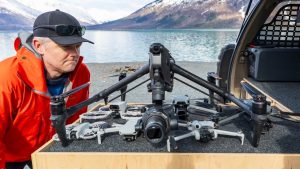
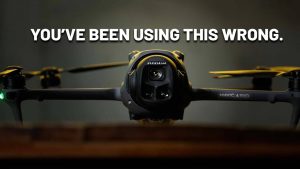




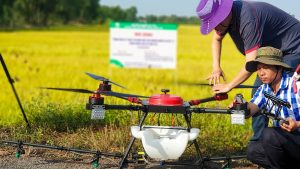
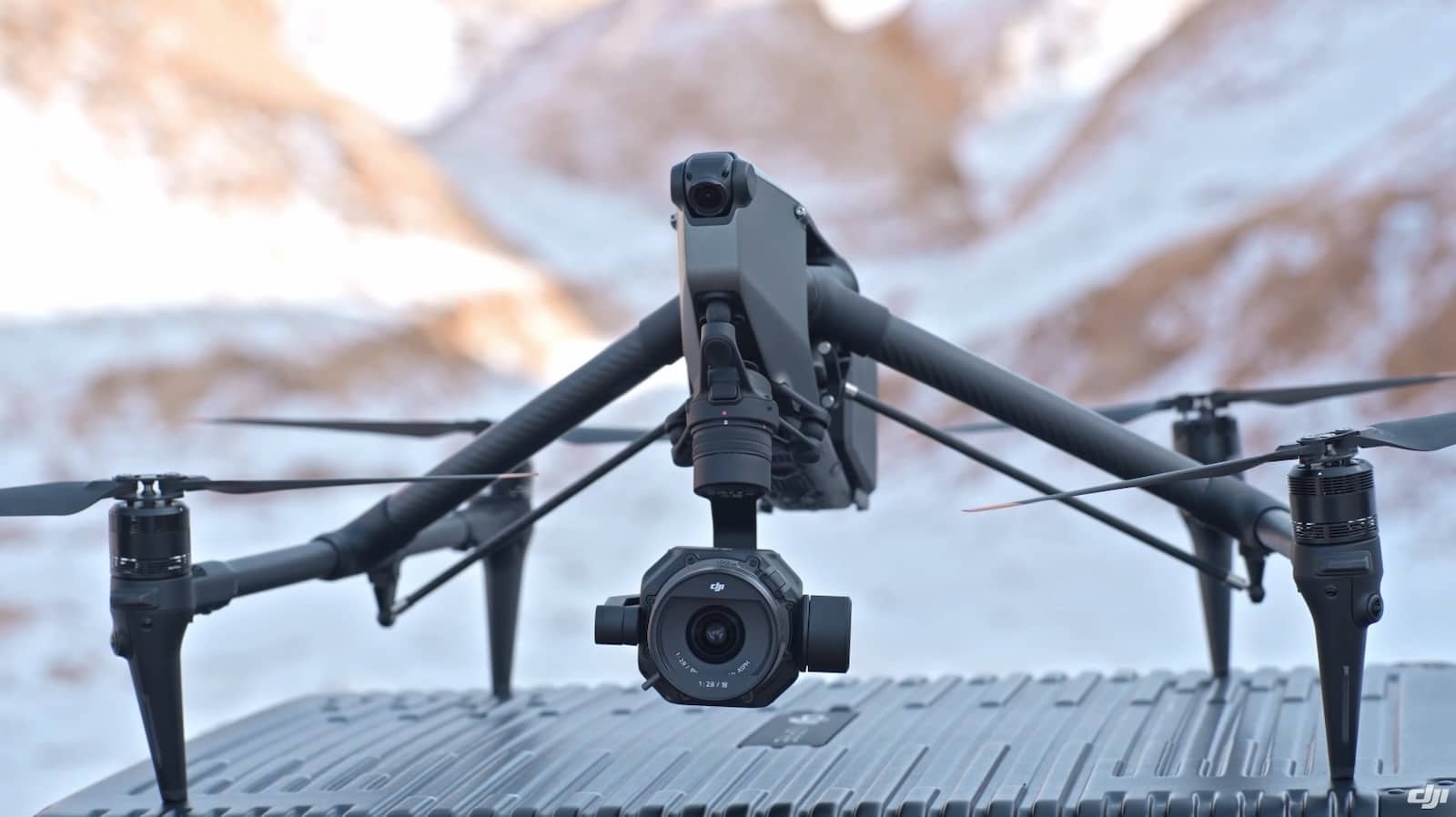

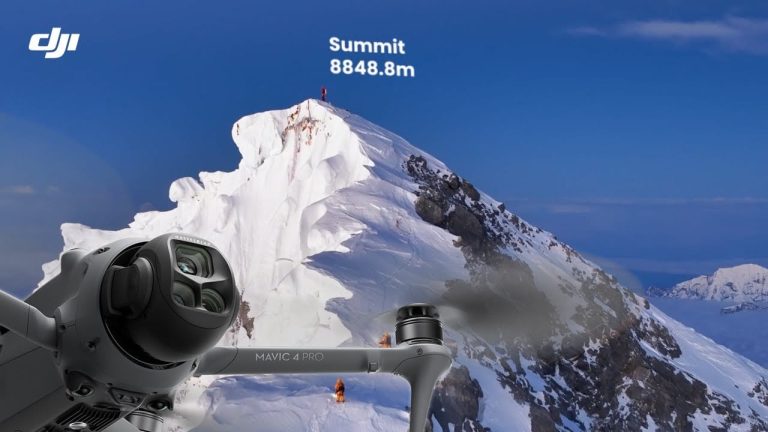
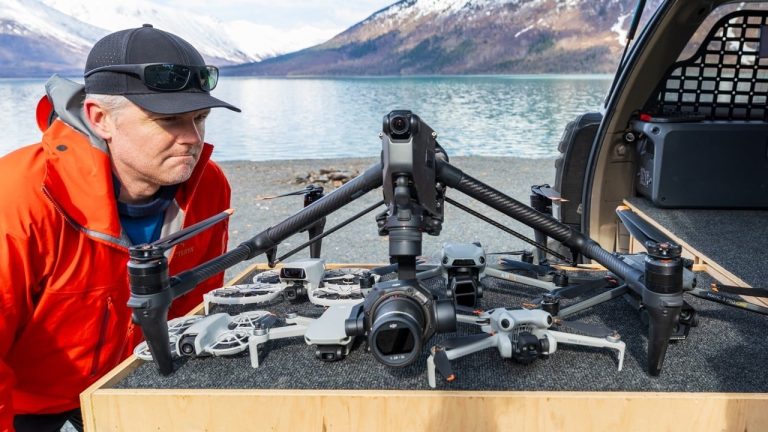

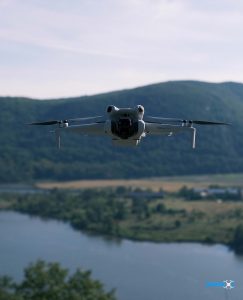
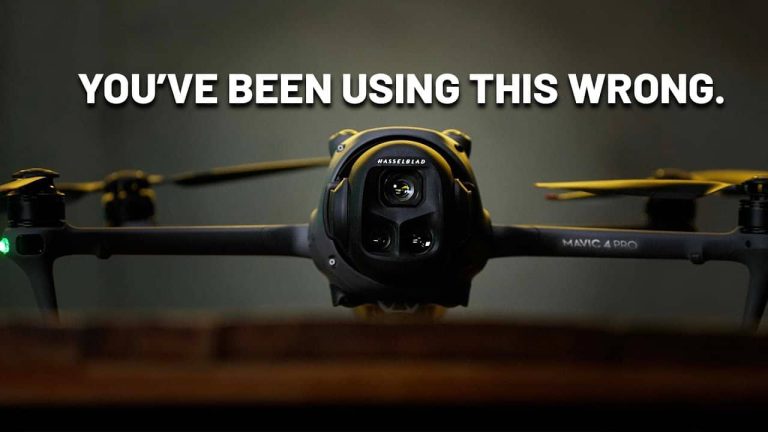


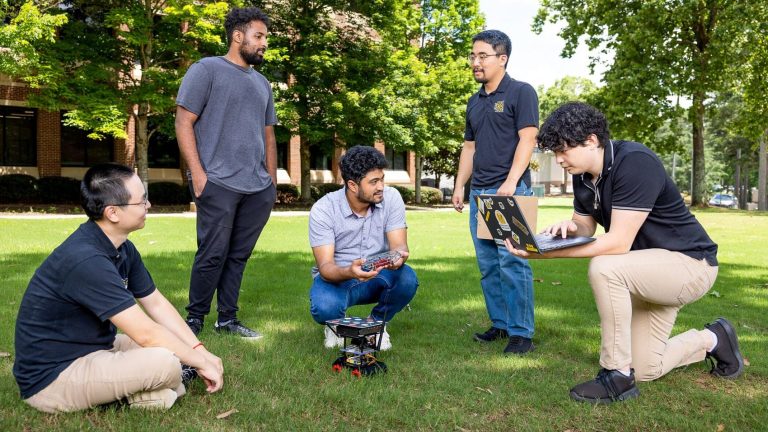
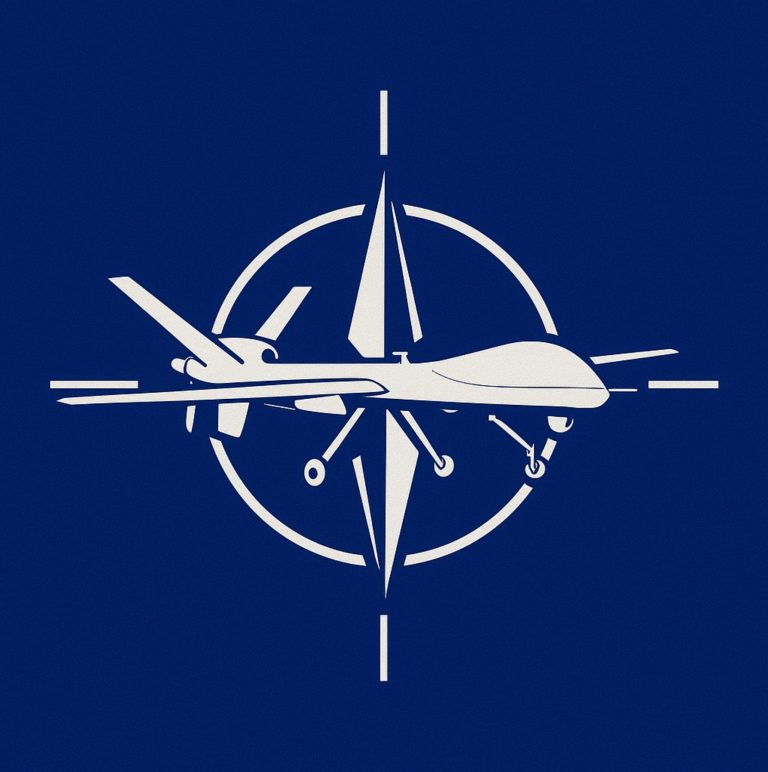
+ There are no comments
Add yours